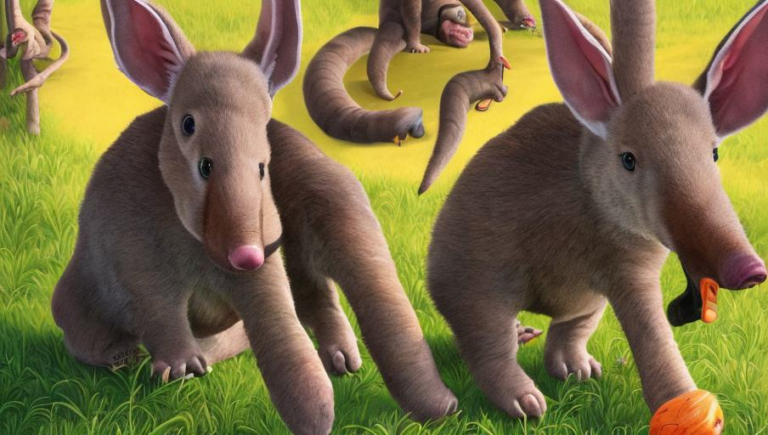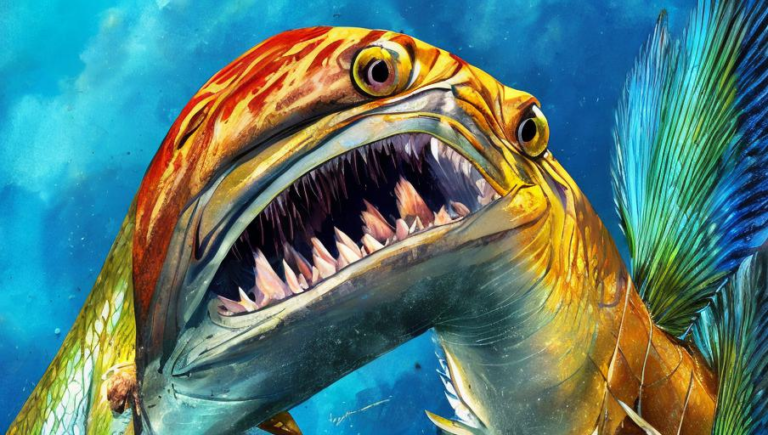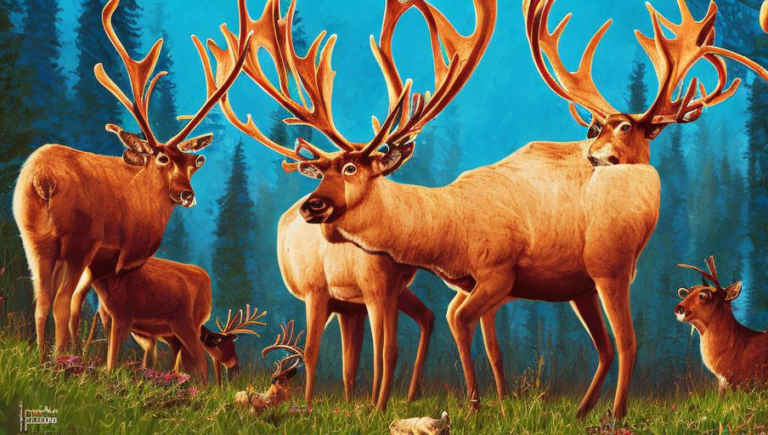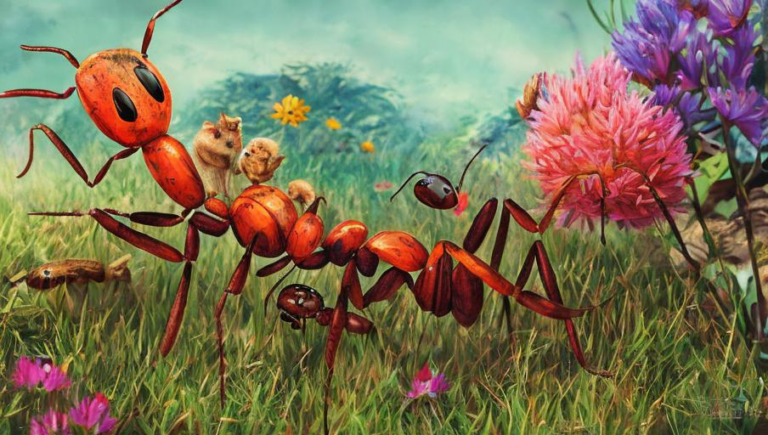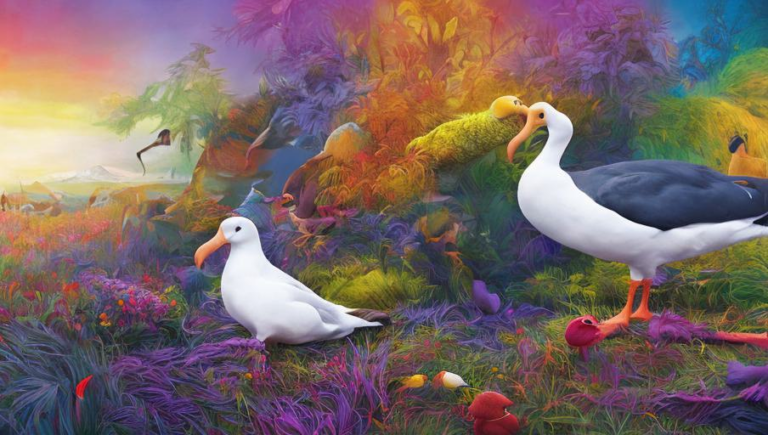Journeying with the Albatross: A Look at Its Migration Patterns
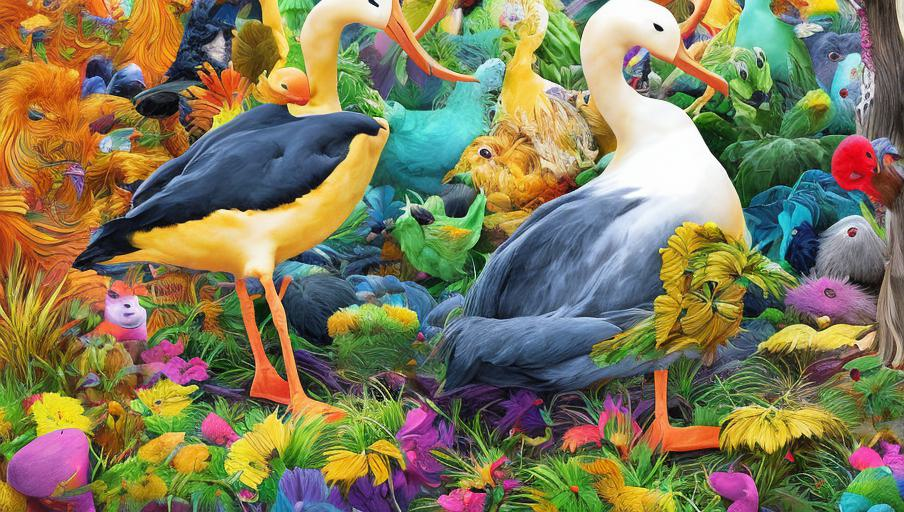
Introduction
The albatross is a magnificent bird, renowned for its long-distance migratory patterns and gracefully soaring wings. It is truly a sight to behold, and a symbol of beauty and freedom. But, what exactly are its migration patterns? Let’s take a closer look at the albatross and its impressive journey.
Migration Patterns
Albatrosses, which are members of the Laridae family, are the largest of the seabirds and have the longest wingspan of any living bird. Their wingspan can range from 6.5 to 11.5 feet (2 to 3.5 m). They are able to soar for hours without flapping their wings and can travel great distances in a single flight.
Albatrosses are highly migratory birds, and depending on the species, they may migrate from their breeding grounds to the southern hemisphere or to islands in the North Pacific. They also travel to the North Atlantic and the Indian Ocean, though less frequently. Albatrosses typically use their wings to ride the wind in their travels, and they can fly up to 600 miles (965 kilometers) a day.
Albatrosses typically migrate in the winter months, with some species beginning their journey in the fall and others departing in the spring. During the winter, they migrate to warmer climates, typically spending the summer in the southern hemisphere.
Breeding Habits
Albatrosses breed in large colonies, typically on remote islands in the southern hemisphere. They are monogamous, and will often mate for life. They lay one or two eggs per season, and the eggs are incubated for around 65 days. The young albatrosses will remain with their parents for the first year of their life.
Threats to Albatrosses
Sadly, albatrosses are threatened by a variety of human activities. Longline fishing, for example, has caused a significant decline in the numbers of these majestic birds. Overfishing has also had a large impact on their populations, as have climate change and plastic pollution. With a decrease in their prey, albatrosses are struggling to survive.
Conservation Efforts
There are a number of conservation efforts in place to protect albatrosses, such as the banning of longline fishing in certain areas and the introduction of regulations to reduce plastic pollution. Additionally, there are a number of organizations dedicated to researching and monitoring albatross populations, such as the Albatross Task Force and the International Union for Conservation of Nature (IUCN).
Conclusion
The albatross is a majestic, graceful bird, and its long-distance migratory patterns are truly a sight to behold. It is important to be aware of their threats and to do our part to protect them. By supporting conservation efforts and reducing our negative impacts on the environment, we can help ensure that these beautiful birds remain a part of our planet for years to come.
